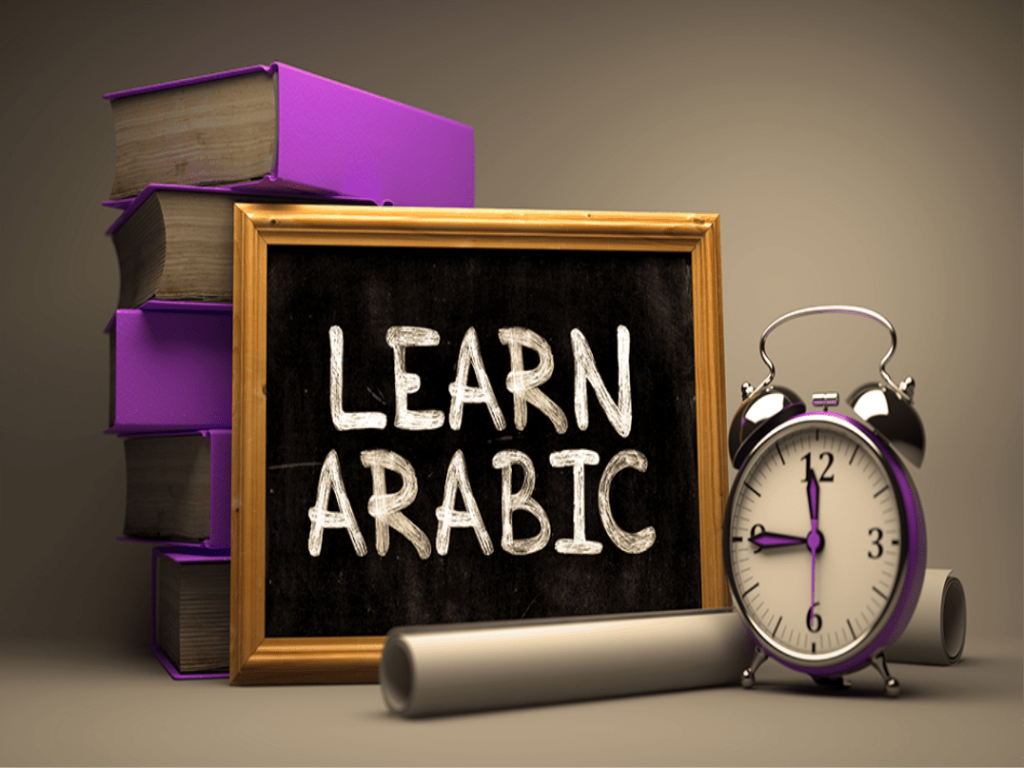Studying a new language is an exciting, yet sometimes daunting journey. However, don’t let that stop you from learning Arabic language! After all, Arabic is a language of growing global importance, opening doors to a rich culture and a dynamic region. While some may perceive the Arabic language as challenging, we believe that with the right approach, anyone can learn Arabic. This article will explore several effective methods to help you learn Arabic more efficiently. These Arabic language teaching methodologies cater to various learning styles, so you can find what works best for you.
Why Learn Arabic Language?
Before diving into the methods, let’s briefly touch on why so many people are drawn to learn Arabic:
- Global Significance: Arabic is spoken by hundreds of millions of people across the Middle East and North Africa.
- Cultural Richness: The language is deeply intertwined with a vibrant and influential culture.
- Career Opportunities: Proficiency in Arabic can be a valuable asset in various fields.
Effective Strategies to Learn Arabic
Here are some proven techniques to help you learn Arabic easy:
Immersive Vocabulary Building: Labeling Your Home
- Description: This is a fantastic way to passively learn Arabic language.
- Method: Place labels or stickers with their Arabic translations on everyday objects in your home.
- Benefits:
- Constant exposure helps reinforce vocabulary.
- Connects words to real-world contexts.
- Example:
- Label your door (باب | bab), window (شباك | shubbak), table (طاولة | tawlah), etc.
Memorization Mastery: The Arabic Flashcards System
- Description: A classic and effective method for memorizing vocabulary and key phrases.
- Method: Create physical or digital flashcards with an Arabic word or phrase on one side and its English translation on the other.
- Benefits:
- Allows for quick and focused review.
- Facilitates spaced repetition for better retention.
- Examples:
- Arabic word (كتاب | kitab) – English translation (book)
- Arabic phrase (السلام عليكم | as-salamu alaykum) – English translation (peace be upon you)
Reading in Context: Immersing Yourself in Arabic Texts
- Description: Practice reading in Arabic to improve comprehension and vocabulary.
- Method:
- Start with beginner-friendly materials like children’s books or short stories.
- As you progress, move on to more complex texts.
- Highlight unfamiliar words, look up their meanings, and write them down.
- Benefits:
- Learn how to read Arabic and understand words in context.
- Improves reading fluency and comprehension.
- Example:
- Read a short Arabic story and note new words.
Long-Term Retention: The Gold List Method
- Description: A method designed to instill vocabulary in your long-term memory.
- Method:
- Create lists of vocabulary words in pairs (Arabic and your native language).
- Review and rewrite these lists at spaced intervals (e.g., every two weeks).
- Each time you rewrite, focus on the words you haven’t yet memorized.
- Benefits:
- Promotes long-term retention through spaced repetition.
- Helps you track your progress.
Memory Enhancement: Mnemonic Techniques for Arabic
- Description: Use memory aids to create associations and improve recall.
- Method:
- Acronyms: Create acronyms using the initial letters of words.
- Rhymes: Use rhymes to remember grammatical rules or vocabulary.
- Visual Imagery: Create vivid mental images to connect Arabic words with their meanings.
- Benefits:
- Makes learning more engaging and memorable.
- Can help you learn Arabic fast.
- Example:
- To remember “مرحباً” (marhabaan – Hello), you could imagine a friendly “Marhaba” greeting you.
The “Dissection” Strategy
- Description: A method for improving listening and speaking skills.
- Method:
- Use Arabic audio or video recordings with subtitles.
- Break down the recording into short segments.
- Write down the words and phrases.
- Repeat them aloud.
- Benefits:
- Improves listening comprehension.
- Enhances pronunciation and fluency.
- Example:
- Use a short Arabic conversation on YouTube with subtitles.
Choosing the Best Way to Learn Arabic for You
The best way to learn Arabic depends on several factors:
- Learning Style: Are you a visual, auditory, or kinesthetic learner?
- Goals: What do you want to achieve with your Arabic skills?
- Time Commitment: How much time can you dedicate to study Arabic language?
- Resources: What materials and tools are available to you?
Tips for How to Learn Arabic Fast
While there’s no magic bullet, here are some strategies to help you learn Arabic fast:
- Set realistic goals and create a study schedule.
- Immerse yourself in the language as much as possible.
- Focus on the most practical vocabulary and grammar.
- Practice speaking with native speakers.
- Use a variety of learning methods.
Conclusion
There are many effective approaches to learn Arabic language. By experimenting with different methods and finding what resonates with you, you can learn Arabic easy and achieve your language goals. Remember to stay consistent and enjoy the process of learning Arabic language!
If you liked this article and would like to start learning Arabic, why not head over to our website and download the Kaleela Arabic learning app and learn to speak Arabic today? With the Kaleela Arabic learning app you can start learning Arabic on your own, at your own pace, whenever and wherever you want. It really is the best way to learn Arabic! Try it now and find out why.



